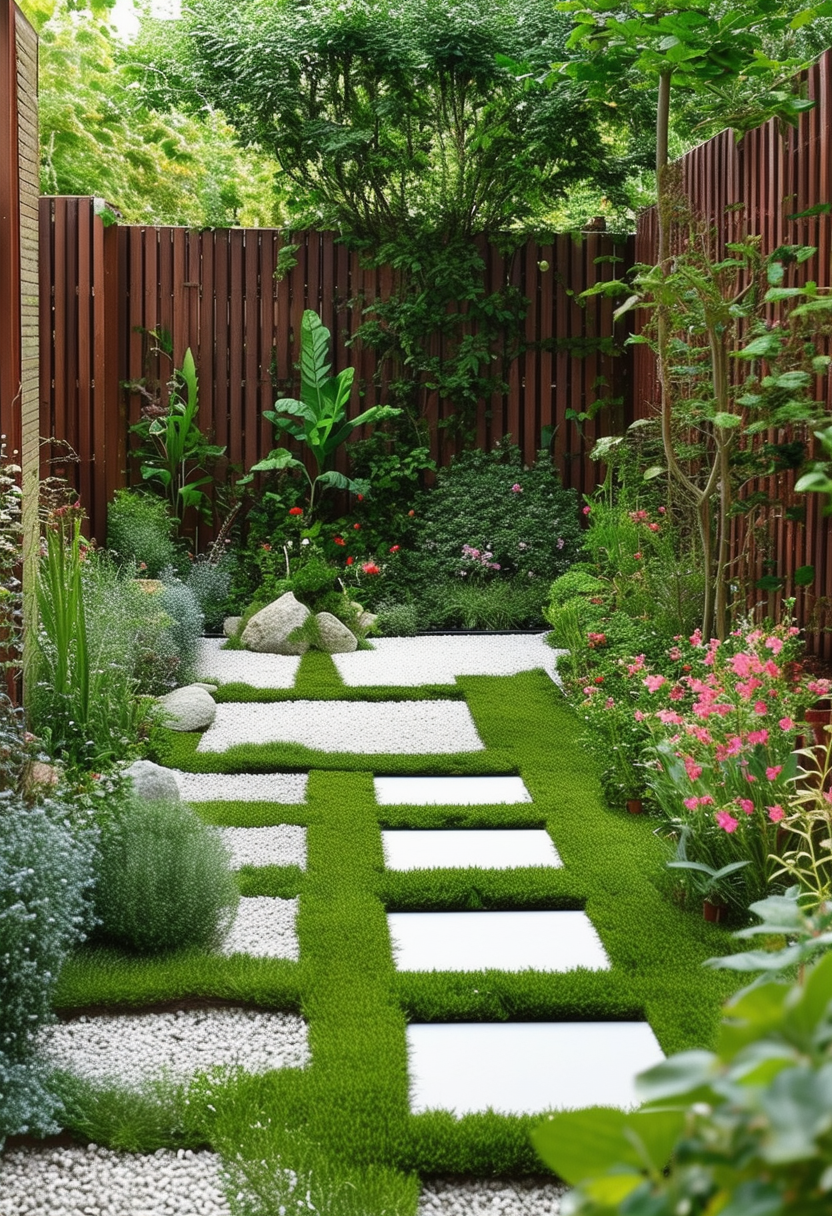In the hustle and bustle of modern life, finding time to tend to a garden can feel like an impossible task. However, with the right design and approach, transforming a small outdoor space into a tranquil oasis can be a breeze. Enter the world of low-maintenance small garden design, where simplicity meets serenity in a harmonious blend of nature and elegance.
In this guide, we will explore the art of creating an effortless oasis in your own backyard. From strategic plant selection to clever layout choices, we will uncover the secrets to achieving a beautiful garden that requires minimal upkeep. Say goodbye to hours of weeding and watering, and hello to a peaceful retreat where you can relax and unwind in nature’s embrace. Join us on this journey towards a more sustainable and sustainable garden design that will elevate your outdoor space to new heights.
Create a Relaxing Retreat with Minimal Effort
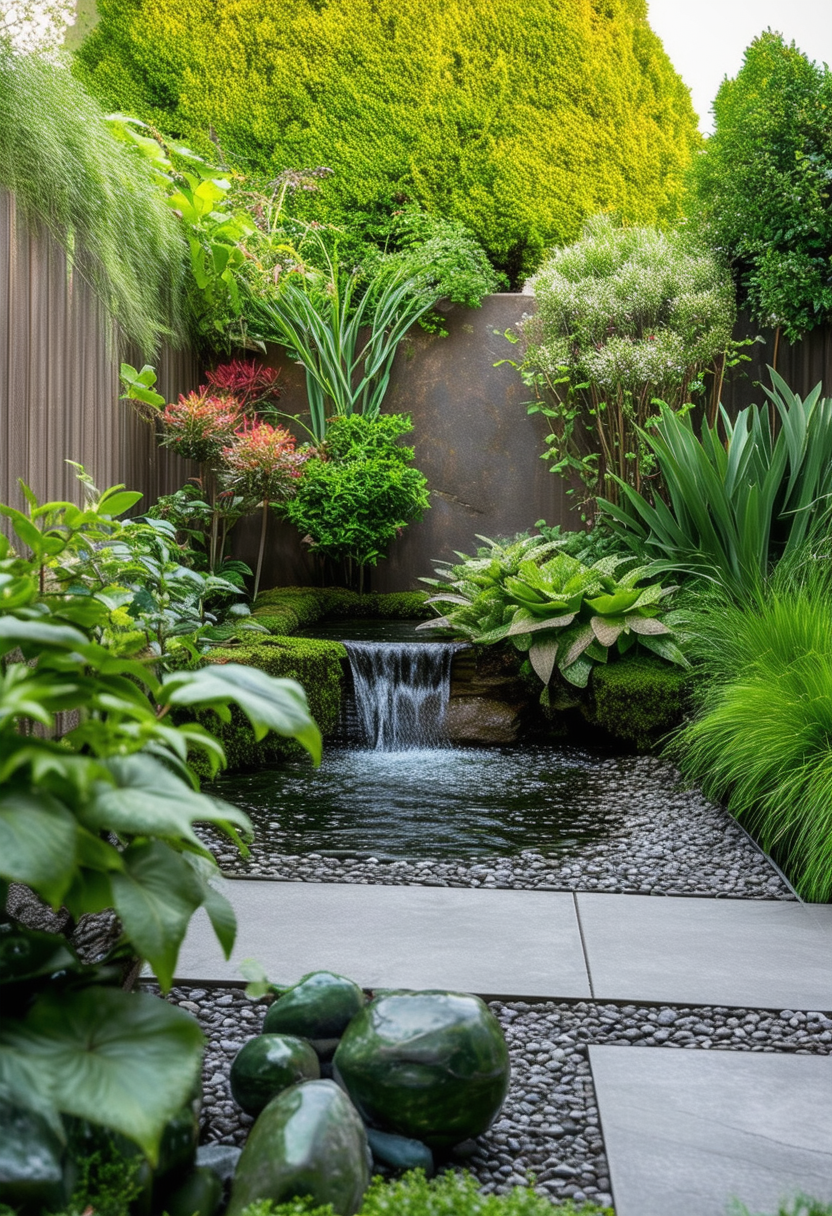 When creating a relaxing retreat in your small garden, it’s all about maximizing the space you have with minimal effort. To achieve this, consider incorporating low-maintenance plants such as succulents, ornamental grasses, and evergreen shrubs. These plants require little watering and pruning, making them perfect for those looking to create a serene oasis without the hassle of constant maintenance.
When creating a relaxing retreat in your small garden, it’s all about maximizing the space you have with minimal effort. To achieve this, consider incorporating low-maintenance plants such as succulents, ornamental grasses, and evergreen shrubs. These plants require little watering and pruning, making them perfect for those looking to create a serene oasis without the hassle of constant maintenance.
Another key element in designing a low-maintenance garden is to choose durable materials that can withstand the outdoor elements. Opt for weather-resistant furniture, such as metal or teak, that requires minimal upkeep. Additionally, consider installing a simple gravel or mulch pathway to add a touch of elegance while reducing the need for frequent weeding.
| Tip 1: | Choose plants that are native to your region for easy upkeep. |
Lastly, don’t forget to add personal touches to your small garden oasis to make it truly your own. Consider hanging string lights for a cozy ambiance, adding a small water feature for a calming effect, or incorporating comfortable outdoor seating for relaxation. By following these simple tips and tricks, you can create a tranquil retreat in your small garden with minimal effort.
Embrace Drought-Tolerant Plants for Easy Care
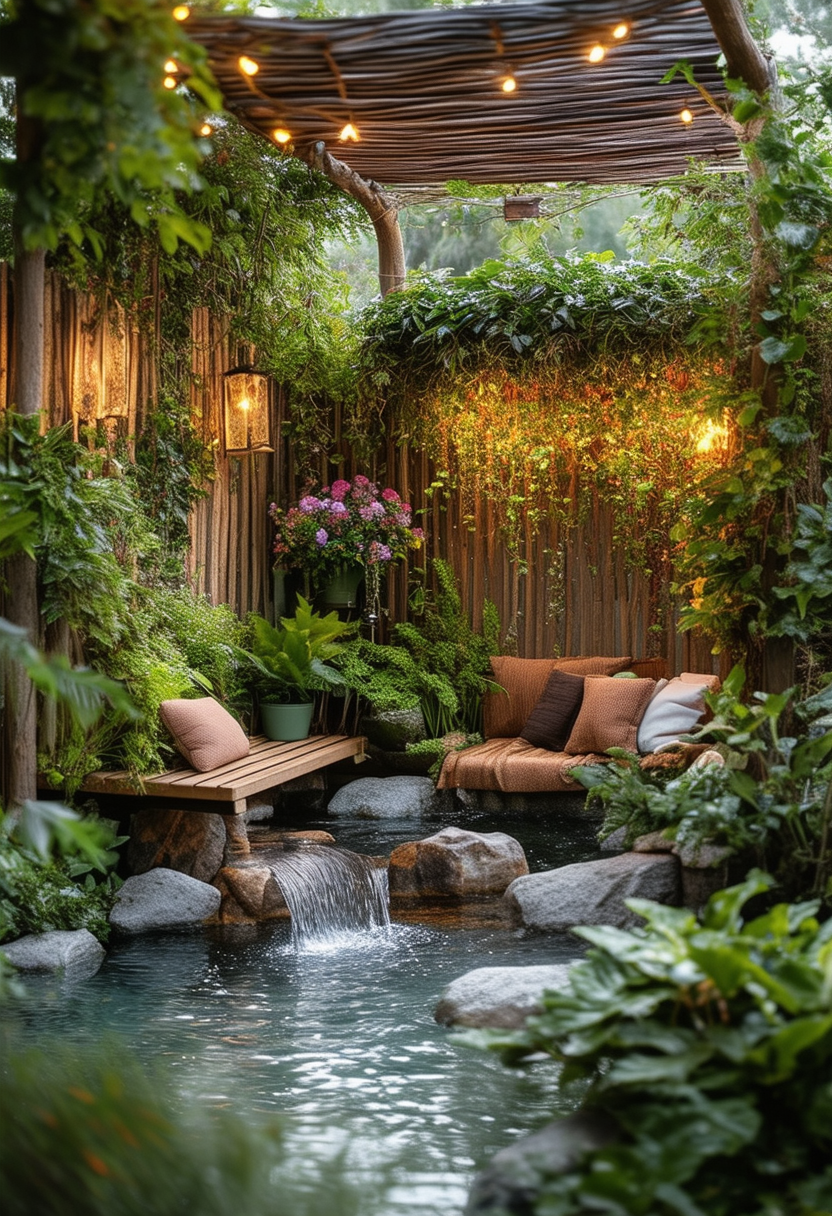 Creating a low-maintenance oasis in your small garden doesn’t have to be a daunting task. By embracing drought-tolerant plants, you can easily design a beautiful and effortless outdoor space that requires minimal care. These plants are not only resilient in dry conditions but also add texture, color, and interest to your garden.
Creating a low-maintenance oasis in your small garden doesn’t have to be a daunting task. By embracing drought-tolerant plants, you can easily design a beautiful and effortless outdoor space that requires minimal care. These plants are not only resilient in dry conditions but also add texture, color, and interest to your garden.
When selecting drought-tolerant plants for your garden, consider a variety of options to create a harmonious and visually appealing landscape. Succulents, such as agave, aloe, and sempervivum, are excellent choices for adding texture and unique shapes to your garden. Ornamental grasses, like feather reed grass and blue oat grass, offer movement and structure. Incorporating flowering perennials, such as lavender, yarrow, and coneflower, can attract pollinators and add pops of color.
| Plant Type | Examples |
|---|---|
| Drought-Tolerant Succulents | Agave, Aloe, Sempervivum |
| Ornamental Grasses | Feather Reed Grass, Blue Oat Grass |
| Flowering Perennials | Lavender, Yarrow, Coneflower |
By incorporating a mix of drought-tolerant plants in your small garden design, you can create a low-maintenance outdoor space that thrives with minimal effort. Remember to group plants with similar watering needs together, mulch to retain moisture, and adapt your garden maintenance routine to suit the unique requirements of your chosen plants. Embracing drought-tolerant plants not only saves you time and energy but also allows you to enjoy a vibrant and flourishing garden year-round.
Utilize Strategic Hardscaping for Low Maintenance
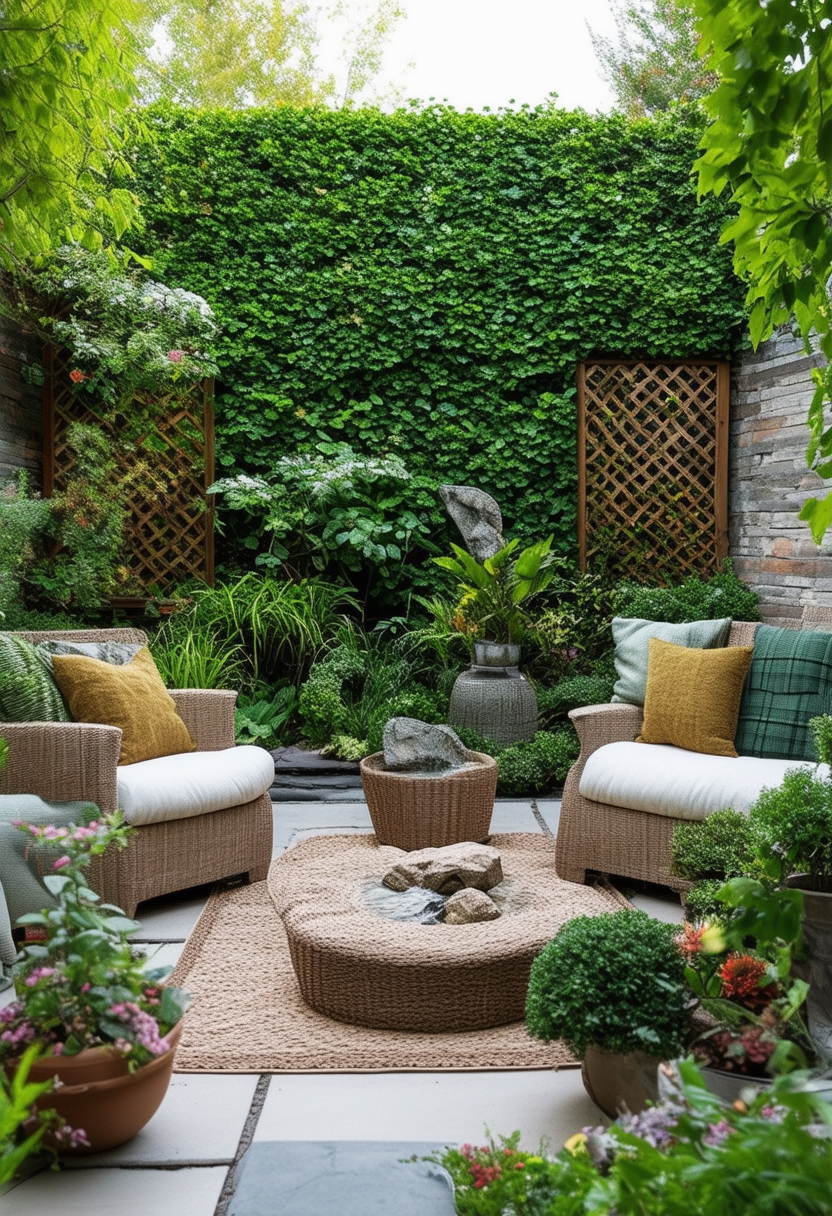 When designing a small garden, it’s important to consider low-maintenance options to create an effortless oasis. One effective strategy to achieve this is by utilizing strategic hardscaping. Hardscaping involves incorporating non-living elements such as stone, wood, or concrete into the design of your garden.
When designing a small garden, it’s important to consider low-maintenance options to create an effortless oasis. One effective strategy to achieve this is by utilizing strategic hardscaping. Hardscaping involves incorporating non-living elements such as stone, wood, or concrete into the design of your garden.
By incorporating hardscaping elements such as pathways, retaining walls, or a patio, you can reduce the amount of maintenance required for your garden. These features not only add visual interest but also serve practical purposes such as providing structure and defining different areas within your garden.
To further enhance the low-maintenance aspect of your small garden design, consider incorporating features such as drought-resistant plants, mulch, and irrigation systems. These additions will not only reduce the amount of watering and upkeep required but will also help to create a cohesive and harmonious outdoor space.
Incorporate Time-Saving Gardening Techniques for Success
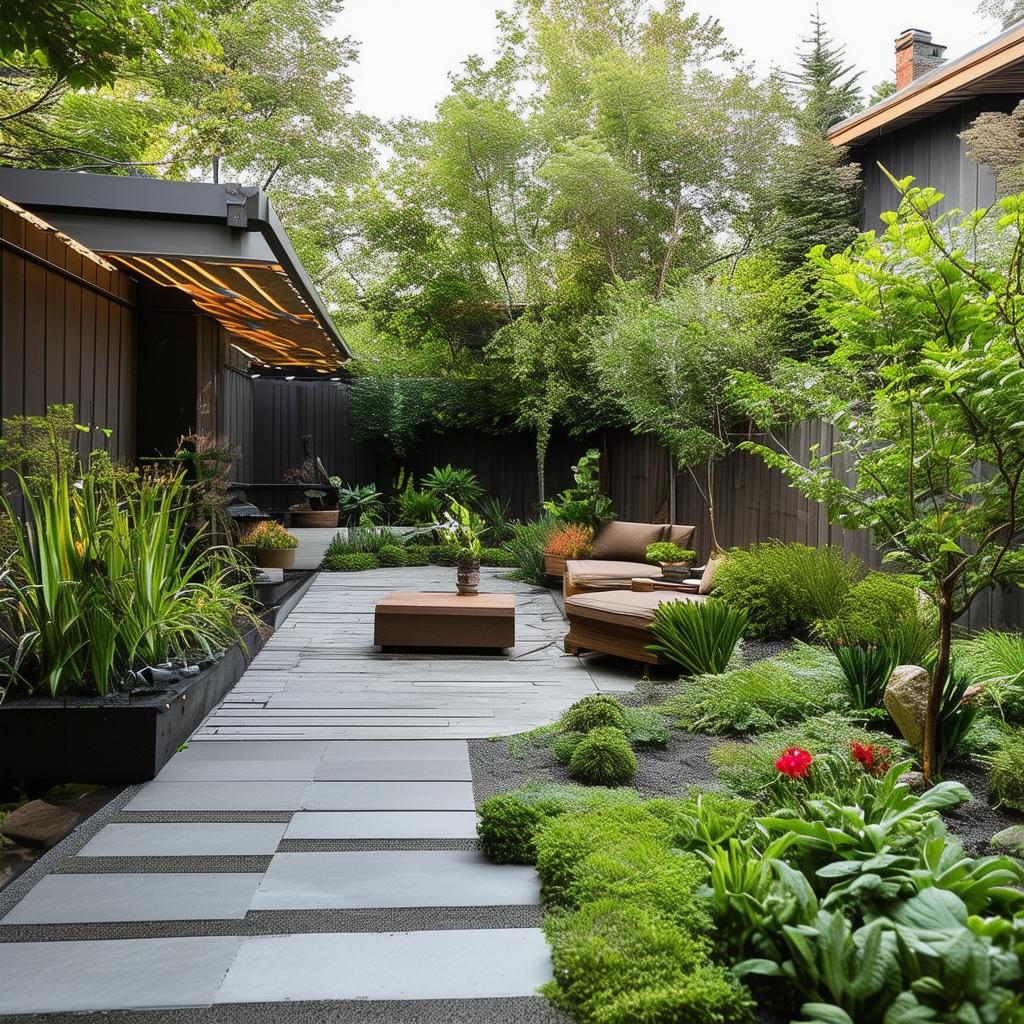 Creating a low-maintenance small garden that serves as an effortless oasis doesn’t have to be a daunting task. By incorporating time-saving gardening techniques, you can achieve success while enjoying a beautiful and stress-free outdoor space. One key technique is to choose low-maintenance plants that require minimal care and attention, such as succulents, ornamental grasses, and native plants. These options not only add beauty to your garden but also help reduce the amount of time you need to spend on maintenance.
Creating a low-maintenance small garden that serves as an effortless oasis doesn’t have to be a daunting task. By incorporating time-saving gardening techniques, you can achieve success while enjoying a beautiful and stress-free outdoor space. One key technique is to choose low-maintenance plants that require minimal care and attention, such as succulents, ornamental grasses, and native plants. These options not only add beauty to your garden but also help reduce the amount of time you need to spend on maintenance.
Another time-saving technique is to utilize raised beds or container gardening. These features not only help control the growth of your plants but also minimize weeding and watering tasks. Additionally, consider implementing a drip irrigation system to efficiently water your plants without the need for constant manual watering. This automated system can save you time and ensure that your plants receive the proper amount of water to thrive.
| Technique | Benefits |
|---|---|
| Choose low-maintenance plants | Reduce care and attention needed |
| Raised beds or containers | Control growth and minimize tasks |
| Drip irrigation system | Automate watering for plant health |
Lastly, consider incorporating mulch or ground cover to help suppress weeds and retain moisture in your garden. Mulch not only adds visual appeal but also reduces the need for frequent weeding and watering. By implementing these time-saving techniques, you can create a low-maintenance small garden that provides a serene and inviting retreat without the hassle of constant upkeep.
